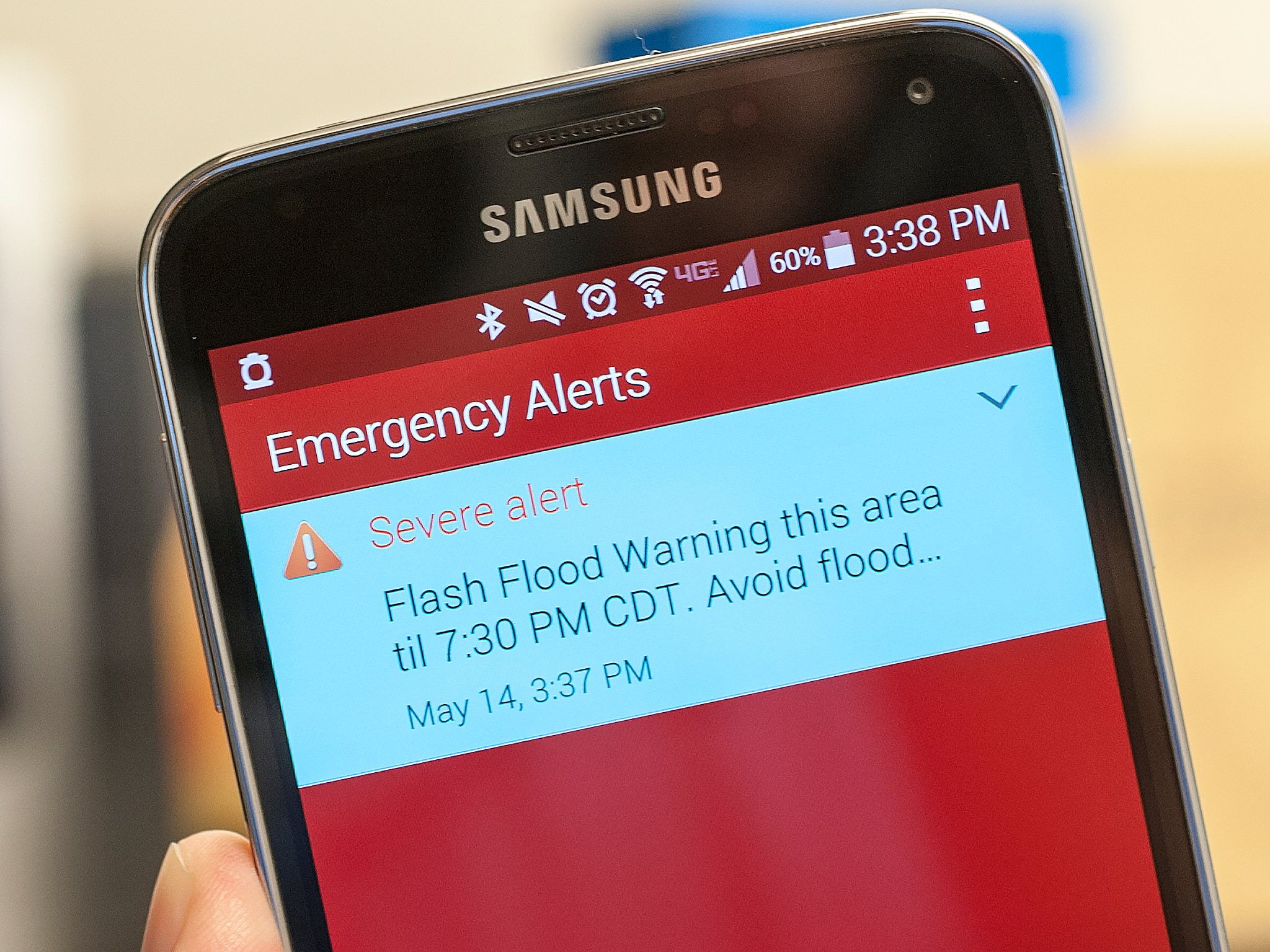
Emergency alerts on your Android smartphone are a good thing — even if they are a bit annoying!
Every so often — or frequently, depending on your tolerance level — you get an AMBER alert on your phone. That horrible blaring of the emergency alert tone, the buzzing of your phone’s vibrating motor, and then the grim news. Someone’s missing. Or there’s a severe weather alert headed your way. Suddenly and without warning, your phone’s scaring the hell out of you. It’s bad enough during the day, and downright dreadful in the dead of night.
And that’s the idea.
The U.S. carriers have worked with the federal government to come up with a way to push alerts to your Android smartphone to warn you about inclement weather, or other matters of grave national importance. The point is they want you to see this information in hopes that it could save your life — or someone else’s.
But, like a good many things, emergency alerts on Android can be a bit of a mess. We’ll explain.
What kind of alerts are there?

There are three (or four, depending on how you’re counting) types of emergency alerts you can receive on your Android. They are:
- Presidential alerts: No, not asking for money, but rather an alert issued by the President of the United States or a designee.
- Imminent threat alerts: Weather, really, and this one may be broken down into extreme threats; or “severe threats” to life and property.
- AMBER Alerts: These are specific alerts — aimed at locating a missing child. Technically AMBER stands for “America’s Missing: Broadcast Emergency Response.” But it was named for Amber Hagerman, a 9-year-old who was kidnapped and killed in 1996. AMBER alerts can appear to be a bit cryptic, giving you the location of the alert, a car license plate number and the make, model, and color of the vehicle.
What does an Android alert sound like?
It’s loud and annoying — particularly if you have a phone with really good speakers.
You’ll likely also find your phone is vibrating when an alert is issued.
How can I turn off alerts on my Android?
Again, we’d recommend you not do this — better to be annoyed and alive than appeased and in harm’s way. But you should have a little control over emergency alerts on your Android. The catch is that they may be in different places on different phones, with slightly different features.
For example:

Here are the alert settings on the Nexus 5, which is running a “stock” version of Android 4.4.2. You’ll find these options under Settings > More > Cell broadcasts. From there, you can choose which alerts to receive. (Note that there’s no option to not receive presidential alerts.)
Emergency alerts on Samsung phones are tucked away in the settings of Samsung’s messaging app. (Not to be confused with other messaging apps like Google’s Hangouts or Facebook Messenger or AT&T’s own messaging app.) So that’s Messaging & Settings (Scroll way down) ; Emergency alerts. Here there’s an option to not receive presidential alerts, but you can’t uncheck it.
And there are quirks among phones, too. AT&T’s Samsung Galaxy S4 Active (on Android 4.3) has an option to remind you about emergency alerts. T-Mobile’s Galaxy S4(on Android 4.4.2) does not.

Motorola’s Moto X goes even further, allowing you to set the duration of the alert sound (from 2 seconds to 10 seconds, speak the alert out loud, and offer an option to opt out after receiving your first alert.
Point is, it varies by phone, and by carrier. Basic rule of thumb? To adjust your emergency and AMBER alert settings, either look in your phone’s default messaging app, or in the mobile options section of your settings menu.
It’s a bit of a mess.
Other helpful links for AMBER Alerts and emergency alerts on your Android phone:
- CTIA (The Wireless Association) and Wireless Emergency Alerts
- AmberAlert.gov
- Active AMBER Alerts
- FCC and Wireless Emergency Alerts
- For iOS: Alerts on your iPhone
- Alerts on your Windows Phone